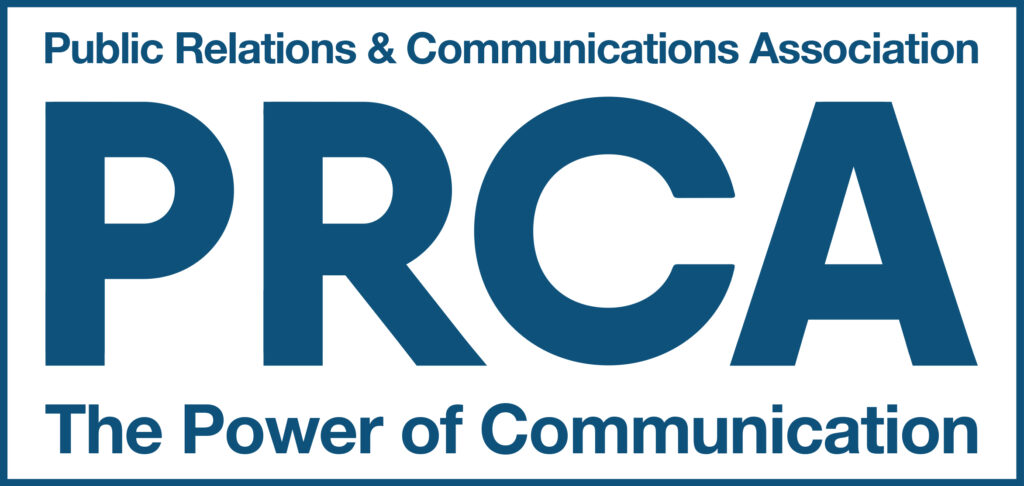For us, value for money marketing is all about spending 80% of your time and effort on the most important activities. It can be all too easy to get carried away with the latest fads and buzzwords, to get bogged down particularly with Social Media, and end up being distracted from the main aims.
From our experience, companies who are customer-centric and willing to change are the most successful at getting value from their marketing budgets because they have their customers’ best interests at heart and are committed to doing what it takes to service them better.
Here are 5 tips from us to get value from your marketing efforts:
1) Start from the Top:
Don’t plan a marketing campaign in a vacuum and never start with the tactics. Your marketing objectives must meet your overall corporate aims and fit with your own vision and mission statement. Here’s one example of a costly mistake to avoid: building a lovely website which has no relevance to the needs of the customers. Looks great but that’s it. We’ve seen a few of these in our time…)
2) Make SMART objectives:
Here are some ideas about areas you might want to focus on when setting your marketing objectives:
a) activities that lower the cost of acquiring new customers;
b) activities that speed up the process of acquiring new customers/referrers;
c) activities that increase the lifetime value of your customers/referrers;
d) activities that make available a pipeline of valuable and profitable services or products which your customers prefer to other offerings which available on the market.
NB. This does imply that you need to know what it costs to get a new customer and the time it takes from suspect to client and which customers are your most valuable and your share of the market, so that you can benchmark your performance. Once you have these answers (and we recommend that you invest time in getting these types of costs and numbers), you should ensure that all the people on your team know what they are as well so that they can improve their own performance against these benchmarks and be recognised and rewarded for their effort in keeping your customers happy and willing to recommend you to others 🙂
3) Research /Preparation prior to targeting and segmenting:
Your marketing activities must be driven by what your groups of customers are seeking and how best to package and promote a series of competitive offerings which makes them come back time and time again. Ask yourself – why should someone buy from you? – and explore the rational and emotional benefits that people are looking for. Do some desk research/ talk to people and listen out for their pain points. Use your findings to make statements which you can use as i.e. a strapline, as a value proposition and in general as positioning messages which you can customise for your communications with different groups of stakeholders (customers, staff, partners or referrers of your services). Never stop talking to your customers.
4) Measure and Evaluate:
Remember this nugget from Peter Drucker “If you can’t measure it you can’t manage it”. “ We want to increase sales” is too general and has no deadline. Better would be something like this: “To increase weekly repeat buys (i.e. a second order from the same customer in a seven day period) of [red vegetable gift boxes] online for addresses in Hampshire to 30% (up from 10% (i.e. 2013 figure) in the 12 month period starting Jan 1st 2014.” Sound like a mouthful? But the answer will be crystal clear.
5) Some easy to do and high value tactics for your marketing communications:
a) Survey your stakeholders (staff/customers/partners etc.) informally and formally. Use the process to get closer to them and to show that you are listening to their wants and needs. Your findings can deliver insight which you can use to improve customer service as a whole and to better tailor the marketing mix for different groups of customers (i.e your 7Ps).
b) Use surveys to produce original and unique stats. Stats are great as they can add weight and deliver evidence based content, are therefore more credible and the press love them. Online surveys can be done for a couple of hundred pounds. Use findings to produce interesting and unique content on the channels/platforms where your customers are and stand out from your competitors.
c) Think about telling a story about your company, products and people across your website – Social Media – email marketing – face to face – marketing materials – business cards – advertising – video- etc. as part of a joined up strategy. Find websites in your industry that you find inspiring and see how others are doing this to best effect. People are much more receptive to stories than to being talked at because it reminds them of their past as children and evokes a richer experience.
We hope that you find these useful, and feel free to send ideas and tips of your own.








